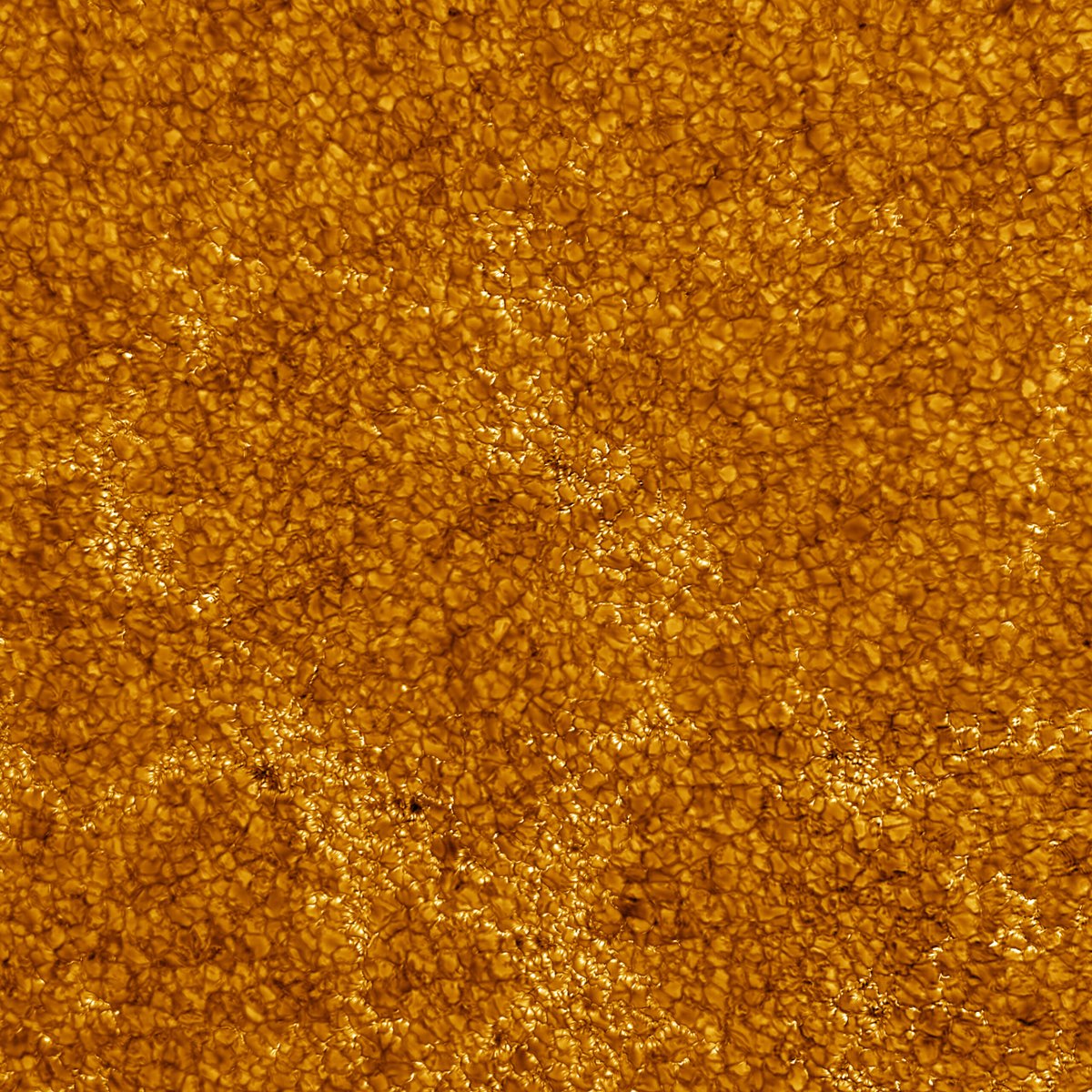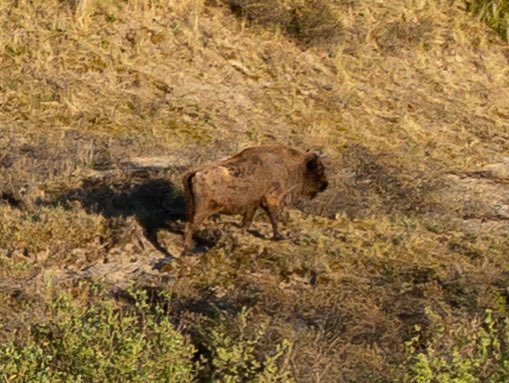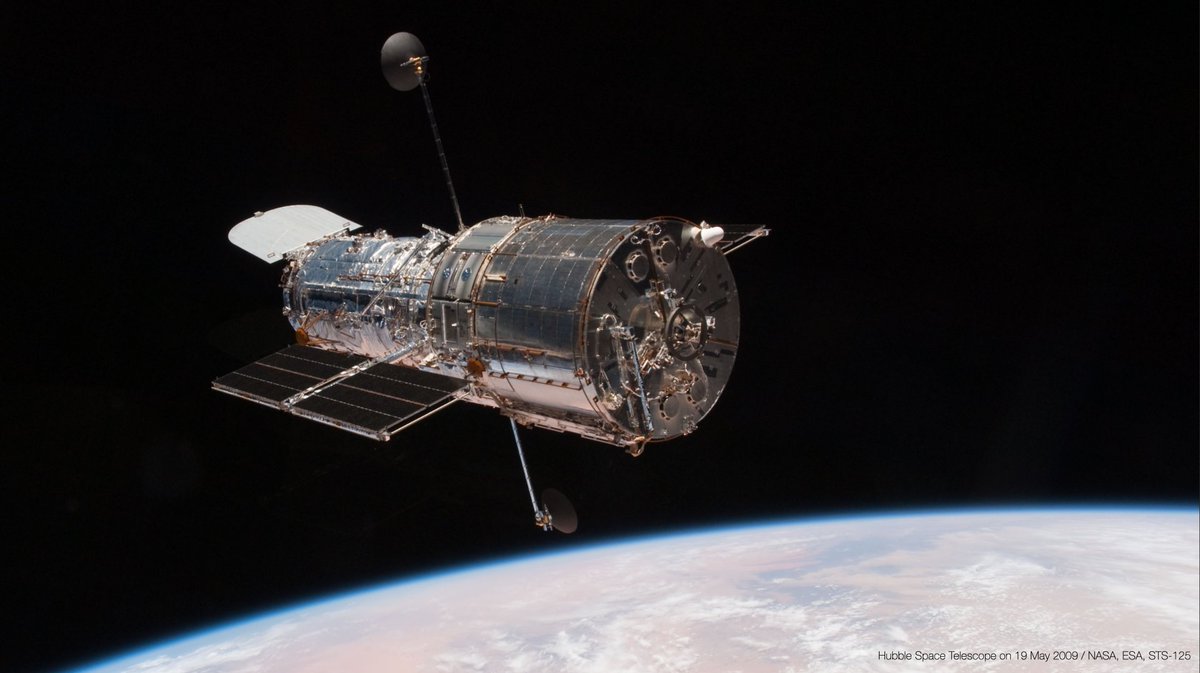
Senior Advisor for Science & Exploration @esa / JWST Science Working Group IDS / Co-founder @spacerockslive / sameusername at 🐘 dot social
How to get URL link on X (Twitter) App


https://twitter.com/markmccaughrean/status/1573898768801562624
 First things first.
First things first. 

 @ESASolarOrbiter @PlanRad Be sure to click & view at full-size: they're lovely.
@ESASolarOrbiter @PlanRad Be sure to click & view at full-size: they're lovely. 
 In the link you'll find NIRCam near-infrared & MIRI mid-infrared images of the Tarantula Nebula & the dense cluster of young stars, NGC2070, at its core, plus NIRSpec near-infrared integral field spectroscopy.
In the link you'll find NIRCam near-infrared & MIRI mid-infrared images of the Tarantula Nebula & the dense cluster of young stars, NGC2070, at its core, plus NIRSpec near-infrared integral field spectroscopy. https://twitter.com/esascience/status/1567153055530893314

 @esa This result comes from one of the Early Release Science programmes & is fully described in a paper that came out on arXiv overnight & will be published in Nature next week.
@esa This result comes from one of the Early Release Science programmes & is fully described in a paper that came out on arXiv overnight & will be published in Nature next week. https://twitter.com/chandraxray/status/1561700419348402176The Chandra webpage gives a good explanation of what was done, but the result really isn’t “the sound of a black hole”.

 This is a full-resolution blow-up of the star 2MASS J17554042+6551277, used for focus measurements in March 2022. Data processing by @gbrammer & @CosmicSprngJWST, with some enhancement by me in LightRoom.
This is a full-resolution blow-up of the star 2MASS J17554042+6551277, used for focus measurements in March 2022. Data processing by @gbrammer & @CosmicSprngJWST, with some enhancement by me in LightRoom. https://twitter.com/CosmicSprngJWST/status/1560732171249373185

https://twitter.com/markmccaughrean/status/1560370505710030853

 Dan’s catalogs were utterly essential in pre-internet days. A complete listing of every IR astronomical observation ever published to that date, with names, coordinates, wavelengths, beam sizes, fluxes etc, plus a full bibliography of all of the papers. About 1000 pages long.
Dan’s catalogs were utterly essential in pre-internet days. A complete listing of every IR astronomical observation ever published to that date, with names, coordinates, wavelengths, beam sizes, fluxes etc, plus a full bibliography of all of the papers. About 1000 pages long.


 The discovery was made using the University of Hawai'i 88 inch telescope on Maunakea, with a 256 x 256 pixel IR array & an image scale of 0.75"pixel. The image is a three-colour JHK (1-2.5 micron) colour composite.
The discovery was made using the University of Hawai'i 88 inch telescope on Maunakea, with a 256 x 256 pixel IR array & an image scale of 0.75"pixel. The image is a three-colour JHK (1-2.5 micron) colour composite.

https://twitter.com/JenLucPiquant/status/1549021848498671616The article itself is a bit more nuanced, but still overplays the effect. If you go to page 23 of the observatory commissioning report, you'll get the balanced picture.







 The Kraansvlak herd of bison or “wisent” have free run of quite a large area of the dunes & are monitored as part of a rewilding research project. Despite the old idea that they’re predominantly forest animals, they do very well in this setting.
The Kraansvlak herd of bison or “wisent” have free run of quite a large area of the dunes & are monitored as part of a rewilding research project. Despite the old idea that they’re predominantly forest animals, they do very well in this setting.
https://twitter.com/markmccaughrean/status/866657185815818240?s=20




https://twitter.com/markmccaughrean/status/1479488512978305034
 Gold is soft & easily scratched, hence the overcoat. Silica is used in many applications, but in this form, it’s reasonable to refer to it as glass.
Gold is soft & easily scratched, hence the overcoat. Silica is used in many applications, but in this form, it’s reasonable to refer to it as glass.

